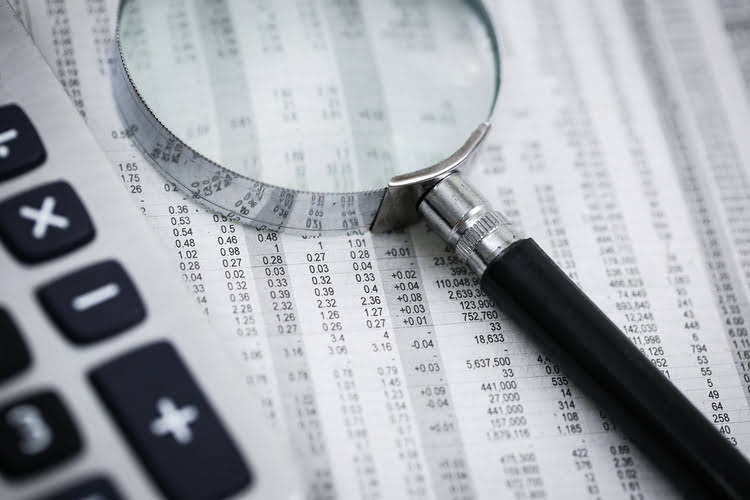
Price of material in the past, current prices and fluctuating trends are HVAC Bookkeeping the base for determining standard of price. After establishing the standard quality of material, it is more important and necessary to establish the standard regarding quantity of each material. Generally, quantities are expressed in terms of kilograms, feet, units and so forth.
- Actual costs lower than standard costs have the opposite effect, understating the cost of goods sold and reporting a higher profit.
- Importantly, comparison of actual cost with standard cost shows the variance.
- Managerial expectations also play a crucial role in calculating standard costs.
- Standard Costing helps to apply the principle of “Management by exception”.
- Since a manufacturer must pay its suppliers and employees the actual costs, there are almost always differences between the actual costs and the standard costs, and the differences are noted as variances.
- The efficiency of management depends on the control of costs, among other factors.
What is Accounting Equation? Example, Procedure of Forming
- Standard costs are essential for pricing and budgeting purposes, so they must be as accurate as possible.
- This lesser quality denim causes the production to be a bit slower as workers spend additional time working around flaws in the material.
- There are almost always differences between the actual and standard costs, which are noted as variances, as a manufacturer must pay its suppliers and employees the actual costs.
- You can then multiply this number by the standard cost of each item and generate an ending Inventory valuation that hopefully closely reflects actual costs.
- This can be useful for budgeting and cost control, as it provides a baseline for measuring actual costs and identifying any areas where costs may be higher than expected.
Standard Costing is used to ascertain the standard cost under each element of cost, i.e., materials, labours, overhead. One fundamental limitation is that it does not always accurately reflect the actual cost of production. This can lead to decision-makers making sub-optimal decisions based on inaccurate information. A standard cost is also referred to as the “should be,” a predetermined cost, an estimated future cost, an expected cost, a budgeted unit cost, or an anticipated cost. A manufacturer’s annual profit plan and operating QuickBooks budgets frequently include standard costs as a critical component. When hiring cost accounting talent to set standard costs or production costs for an organization, it’s important to ensure that the candidate has a strong background in accounting principles.
Products

The main difference between actual cost and standard cost is that actual cost refers to the cost incurred or paid, whereas standard cost is an estimated product cost. Once a budget is prepared, there should be a control mechanism to evaluate how successfully the budget was achieved. You maintain standard costs across cost categories for an item using standard costing. These standard costs identify the expenses you expect to incur for items over time. Keeping track of the expected cost lets you compare that amount to the item cost. You can then analyze any variances between the standard (expected) cost and actual cost of items.
- Building budgets without the use of standard cost figures can never lead to a real budgetary control system.
- It can also be used as a tool for decision-making, such as when deciding whether to outsource production.
- Cost centers are departments or areas of the business where costs are incurred.
- This generally entails daily tracking of actual expenses and putting them in the system.
AccountingTools

Costing system wherein fixed manufacturing overhead is allocated to (or absorbed by) products being manufactured. This system, which treats fixed manufacturing costs as a product cost, is required for external financial statements. This means that the actual direct materials used were less than the standard quantity of materials called for by the good output.
A current asset whose ending balance should report the cost of a merchandiser’s products awaiting to be sold. The inventory of a manufacturer should report the cost of its raw materials, work-in-process, and finished goods. The cost of inventory should include all costs necessary to acquire the items and to get them ready for sale. The amount by which actual costs exceed the standard costs or budgeted costs. Also, the amount by which actual revenues are less than the budgeted revenues.

When using Standard Costing, it is essential to consider whether or not you will get a satisfactory return on the amount of time and resources you invest. You must also identify how frequently standards should be created and guarantee continual analysis is performed to gain the much-needed variances. This generally entails daily tracking of actual expenses and putting them in the system. This variance must be accounted for, and possible operational changes would occur. Cost accounting systems become more valuable to management when they include budgeted amounts to serve as a point of comparison with actual results.
By calculating the expected change in cost for a given change, management can make more informed decisions about whether or not to implement the change. Standard cost can thus help ensure that a company makes the most efficient and effective use of its resources. Robust processes, accurate data and standard costing have an interrelated relationship. Robust processes are necessary to ensure data accuracy when using standard costing. If a company’s process is not structured properly or if the data being used is inaccurate, then the accuracy of the resulting costs will be compromised. Accurate data, however, is necessary for standard costing to be effective.

Currently Attainable Standards
- Several definitions of standard costing have been published in the literature.
- A standard is a predetermined measure relating to materials, labor, or overheads.
- Standard costs removes the reflection of abnormal price fluctuations in production planning.
- A standard cost is an accounting tool that records and tracks the costs of producing a product or service.
- Today, standard costing is used by many different types of businesses worldwide.
- Establishing cost centers is needed to allocate responsibilities and define lines of authority.
We will discuss later how to handle the balances in the variance standard costing system accounts under the heading What To Do With Variance Amounts. For the past 52 years, Harold Averkamp (CPA, MBA) has worked as an accounting supervisor, manager, consultant, university instructor, and innovator in teaching accounting online. Our mission is to empower readers with the most factual and reliable financial information possible to help them make informed decisions for their individual needs.

